When it comes to tracking website traffic, one of the most important reports to take a look at is Google Analytics’ “Source/Medium” report.
To find it from your dashboard, click on Reporting…

You’ll then find Acquisitions on the left hand column.
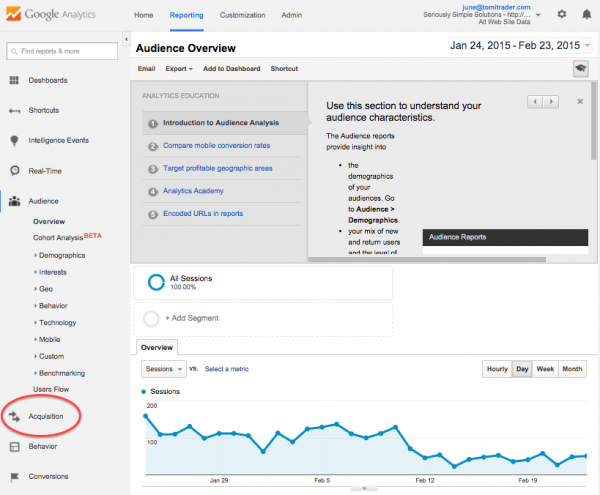
Under that, you will find All Traffic, where Channels, Source/Medium, and Referrals are.

When you click on Source/Medium, it will give you data that looks like this:
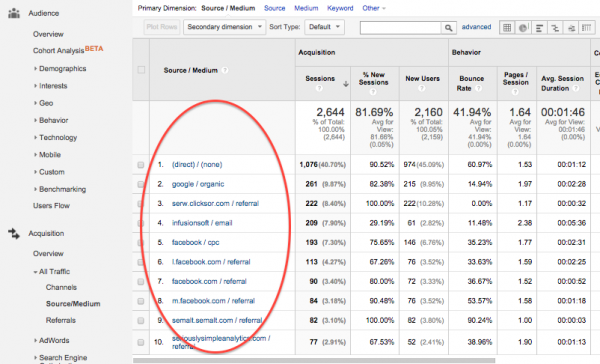
This tells you that there are 3 main ways people find your site:
Organic
This will have a format like… “source” / organic (where source is the site that visitors came from).
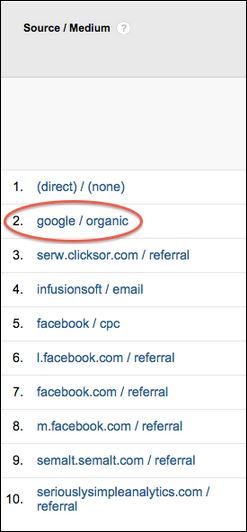
This refers to traffic that found you after clicking on a link in search results.
Here you’ll find results like “google / organic.” In this case, it means that the source of the traffic was the Google search engine. If you see something like “bing / organic” it means they found your site after searching on Bing.
Referral
This will have a format like… “source” / referral
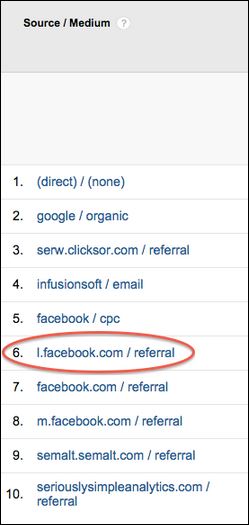
These are the 3rd party sites that are sending traffic your way. So visits tracked there could read “facebook.com / referral” or “twitter.com / referral.”
The source tells you which third party website the traffic came from, which is especially useful if you’re wondering which sites are sending traffic your way.
Direct or None
This will always look the same… (direct) / (none)
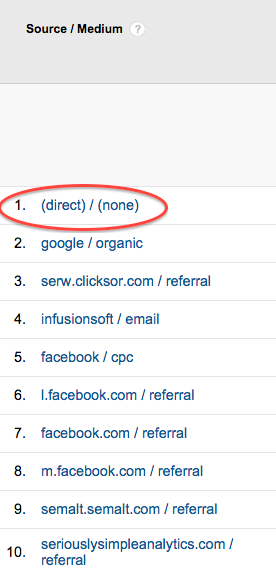
This should be traffic where people are typing you in directly or using bookmarks. But if you’re just starting out, it’s likely that it’s traffic that isn’t tagged properly, which means Google doesn’t know where your traffic is coming from.
This is where tagging comes in. Traffic brought in via emails for example is something that Google won't be able to reliably track and will most likely tag it as “(direct) / (none)” instead.
How do you avoid this? Use UTM tags to let Google Analytics know exactly which tags you want applied to your traffic.
UTM's are too much to discuss in this post, but we did cover that topic in a recent episode of Digital Marketing This Week titles, “Where are my visitors coming from?”
Wrapping Up…
If you have questions, be sure to leave them in the comment section below so I can answer them.
And if you found this particular post helpful, please feel free to share to others who might need a little help tracking website traffic.
– Mercer
